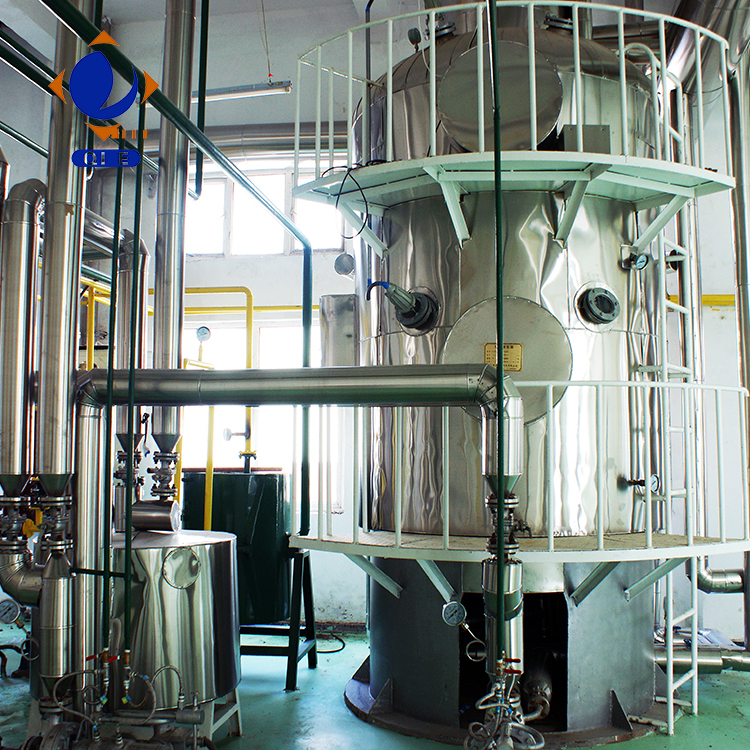
The palm oil industry, a cornerstone of global edible oil production, traditionally depended on manual control to regulate pressing operations. This conventional method involves challenges such as inconsistent pressure application, temperature fluctuations, and frequent equipment downtime resulting from human error and delayed response. These inefficiencies lead to reduced throughput, increased energy consumption, and higher maintenance expenses.
Programmable Logic Controllers (PLC) have revolutionized palm oil pressing by introducing precise automation into critical process parameters. PLCs continuously monitor and adjust pressing pressure, temperature, and motor speed with sub-second response times, ensuring consistent product quality and operational stability.
By integrating sensor data into real-time control loops, PLC systems automatically regulate hydraulic pressure within ±2% tolerance and maintain temperature within optimal ranges (typically 60–70°C). Likewise, the motor speed is dynamically adjusted to optimize throughput while minimizing mechanical wear. This automation not only reduces reliance on manual monitoring but also mitigates risk of human-induced errors.
Key Advantages:
Automation enables uninterrupted operation by continuously tracking equipment status and forecasting wear through predictive analytics embedded in the PLC software. Real-time alarms trigger preventive maintenance before critical failures occur, significantly reducing unscheduled stops.
Moreover, automated operations streamline maintenance workflows. For example, motor overloads detected early by the PLC signal technicians with precise fault codes, saving troubleshooting time. This shift from corrective to preventive maintenance has demonstrated a 20% decrease in annual downtime across multiple installations.
Integrating PLC automation into palm oil pressing is pivotal for achieving greener production goals. By optimizing pressure and temperature dynamically, energy consumption can be lowered by up to 15% compared to manual control. Real-time monitoring enables plant managers to identify energy-intensive cycles and adjust process parameters accordingly.
Data collected by PLCs also support environmental compliance by providing transparent records of operational conditions, which help meet international standards such as ISO 14001 and RSPO guidelines.
Case Insight:
A Southeast Asian palm oil mill retrofitted with PLC automation reported a 12% reduction in kWh consumption and cut CO2 emissions by 18% over 12 months, proving the tangible benefits of smart manufacturing in traditional food processing sectors.
Companies seeking to upgrade their palm oil pressing operations with PLC technology should consider the following steps:
| Step | Focus Area | Expected Outcome |
|---|---|---|
| 1 | Process Audit & Sensor Installation | Baseline performance metrics, accurate data acquisition |
| 2 | PLC Programming & Parameter Optimization | Smart control loops, minimized deviation |
| 3 | Operator Training & Digital Dashboards | Improved responsiveness, transparency in data |
| 4 | Continuous Data Analysis for Optimization | Sustained efficiency gains and energy savings |

Successful deployment depends on engaging experienced system integrators who understand both process intricacies and automation technologies. Additionally, selecting scalable and modular PLC platforms ensures adaptability as production demands evolve.


